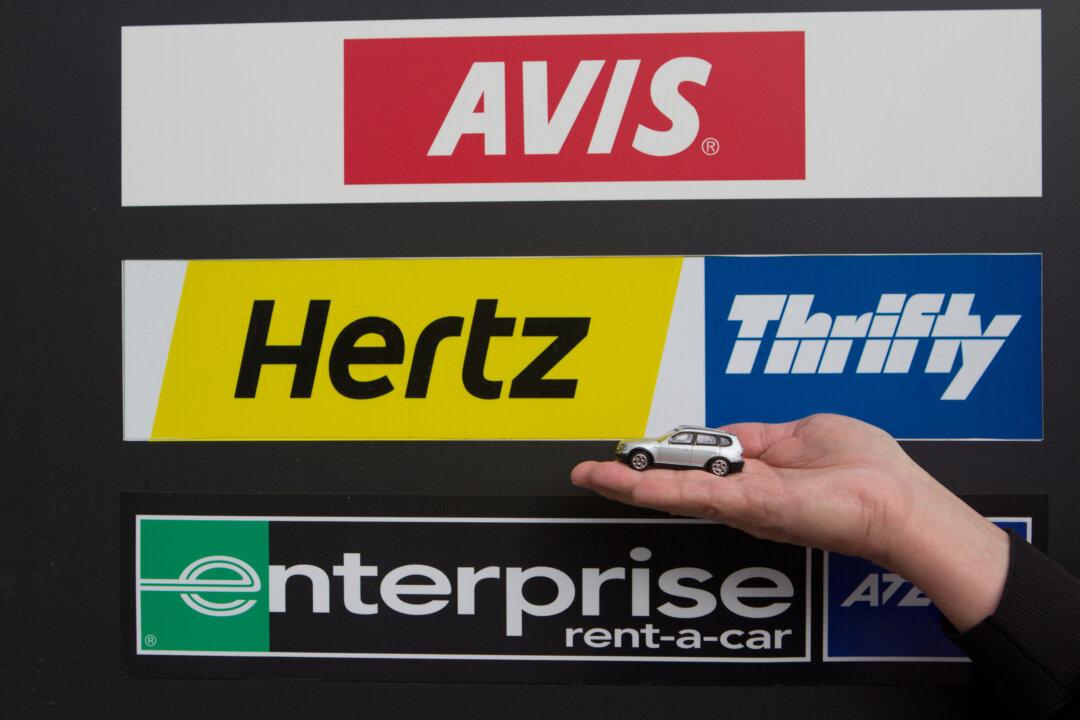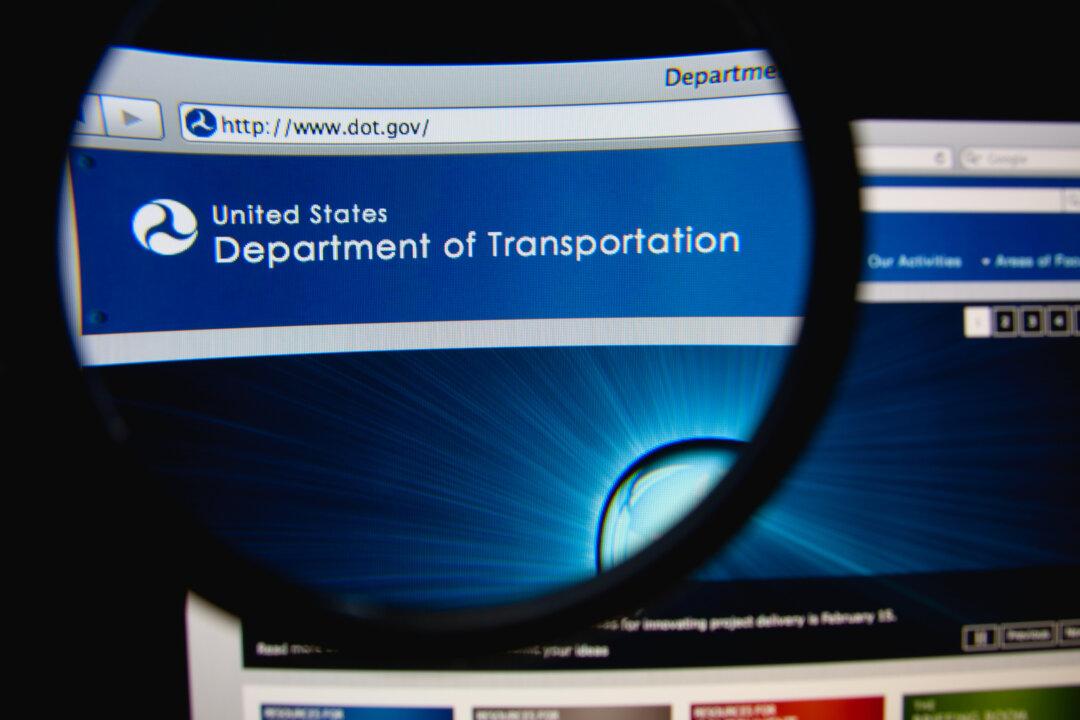A recent report from IdeaWorks Company describes premium economy as “an upper middle-class seat priced for the upper-middle class” designed for, and marketed to, “upper middle-class consumers who seek an upper middle-class travel experience.” The report’s author, Jay Sorensen, is bullish on premium economy. Should you be?
The Basics
Premium economy is a distinct airline product, in a distinct cabin on most long-haul, wide-body planes. Its hard product provides seats two or three inches wider than standard economy, with usually 7 to 8 inches more legroom, and its soft product features superior meals and maybe better checked and carry-on baggage policies. In many ways, it’s close to what you get in domestic first-class 737 and A320 flights. It sits between the economy “plus” many big lines offer, with standard economy seats at a few inches extra legroom, and international business class, with seats that convert to a lie-flat bed on overnight trips and lavish cabin service.Premium economy was originated more than 30 years ago by Taiwan-based EVA Air and soon after picked up by Virgin Atlantic. For a long time, it stayed that way, but over the past decade or so, almost all the big international lines have adopted it. Even a few low-fare lines have adopted the idea: Norse Atlantic includes a small premium economy cabin on its 787s and French Bee has premium economy on its A350s. As far as I know, no line has outfitted 737s or A320s with the five-across seats the manufacturers once described as premium economy, but a few lines sell old-line first-class cabins as premium economy on connecting flights.
The Appeal
The industry consensus is that premium economy is designed as an upsell to leisure travelers, not as a cost-cutting alternative to business class. And that’s understandable: A lot of leisure travelers are less than delighted by the prospect of book-ending a few wonderful weeks in Europe or Asia between two miserable 8- to 12-hour sessions stuffed into a seat that’s not big enough to accommodate them comfortably. I know that in my senior years, I’ve used miles to get out of cattle-car economy on most recent long-haul trips.The Value Proposition
The problem with premium economy is that, by my measurement, it’s generally overpriced. These days, except at the extremes of range, the capacity of a modern jetliner is determined by the number of people it can accommodate, not their weight. That means what you pay for a seat should be more or less based on the amount of cabin area it occupies. According to Mr. Sorensen’s report, a typical premium economy seat takes about 8 to 9 square feet, compared with 5 to 6 square feet for a regular economy seat. That’s about 40 percent to 60 percent more space. This tracks with the longstanding Air France claim that its premium economy gives you 40 percent more space.Most of the time, you pay more than a 40 percent to 60 percent premium over economy. I checked some transatlantic fares for travel in March, and I found that premium economy is generally selling at about double the base economy fare. And “40 percent more room at double the price” isn’t a value proposition I'd like to defend with great vigor. In case you’re interested, a business-class seat takes about 18 square feet, and business-class fares hover at about four to five times economy fares.





